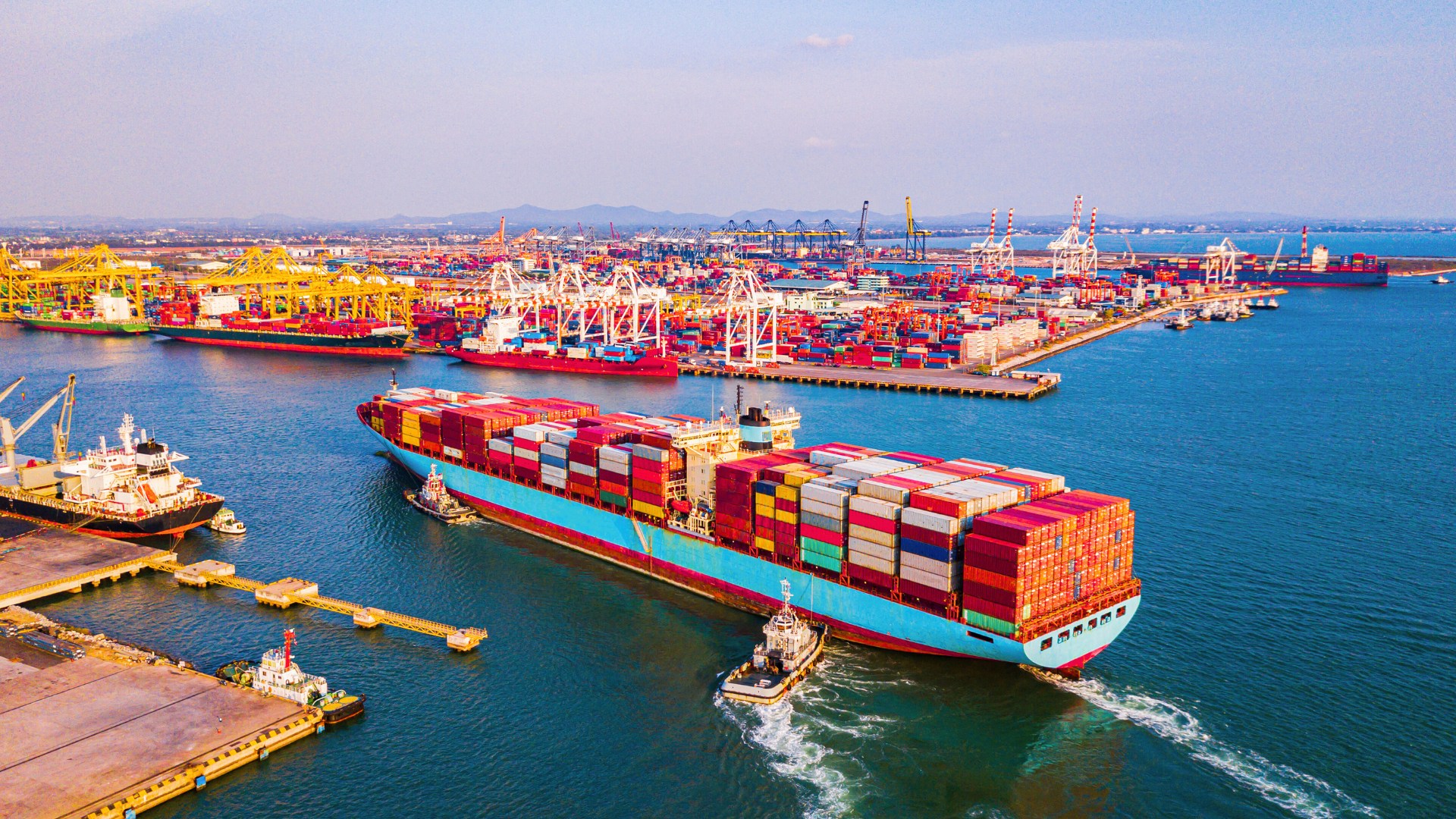In recent decades, China has found a niche as a global manufacturing center, thanks in large part to its booming economy. However, as the USA is China’s leading export destination, any blockage in the import-export supply chain to the USA is likely to have a serious impact on the China manufacturing sector. This is one reason why the growing shipping congestion at US ports, especially on the west coast, is viewed with such concern.
Congestion at Crisis Level
Although this congestion has peaked during 2014, it is not a new phenomenon. For the last couple of decades, as the USA has shifted from a manufacturing to a service economy, China manufacturing has been filling the gap, with its lower production costs more than balancing out the costs of freight shipping. As most of these manufactured goods arrive in container ships, and as these container vessels have been getting larger and larger as trade grows, the pressure on US ports’ capacity has been increasing, made worse by their aging infrastructure. However, in the last few months of 2014, a combination of factors has led to this congestion reaching crisis level.
Additional Factors
One of the main problems concerns the supply of chassis, the wheeled trailers on which the containers are moved — these are no longer owned by the shipping companies, so the companies are less able to ensure they are available when required, and often they are not. In addition, the number of truck drivers to haul the containers away is constantly dwindling, allegedly because of poor pay and conditions. The Pacific Maritime Association, the organization representing the shipping companies, claims this is made worse by the unions representing port workers encouraging their members to engage in go-slows in the run-up to the holiday period.
Surcharges for Increased Costs
Because of the gridlock, shipping companies say they are incurring vastly increased costs, arising from factors such as labor overtime, extra fuel costs as ships are forced to idle at anchor awaiting a berth, and having to charter additional vessels to maintain their schedule. They are also suffering losses because of canceled sailings and missed port calls. Retailers are suspending orders that fail to arrive on time, and vendors are insisting on price reductions on their shipping contracts.
For these reasons, carriers in November 2014 announced the imposition of port congestion surcharges, on top of their normal charges to importers, affecting all cargo from Asia being discharged at US west coast ports. These were announced on November 14, to take effect on November 17 — they were canceled a few days later, after pressure from shippers and challenges from the Federal Maritime Commission (FMC), but then re-imposed. The charges average $800 for every 20-foot container, and $1,000 for every 40-foot container.
Negative Reaction
Not surprisingly, shippers have reacted negatively to the re-imposition, particularly to the lack of advance notice provided. The FMC is also arguing that carriers are not legally entitled to impose these surcharges, unless provisions for doing so are included in the initial service contract — otherwise they could be guilty of unreasonable practice, in terms of the Shipping Act 1998. However, the carriers maintain that although they are mindful of the potentially serious impact of the surcharges, they fear that disruption to their business can only escalate across their networks if they fail to act promptly.
It looks as though there may be no easy solution to this stand-off. Even if the labor issues are resolved, this would still leave the problems of operational inefficiencies, such as the control of chassis availability. Meanwhile, wholesalers and retailers, many of whom have missed their Thanksgiving supplies, are waiting anxiously to see if their China manufacturing imports will arrive in time for Christmas.
Although these charges may seem imposing, there are ways to plan for them. Contact ITI today to learn more on what impact port congestion may have on your product.





